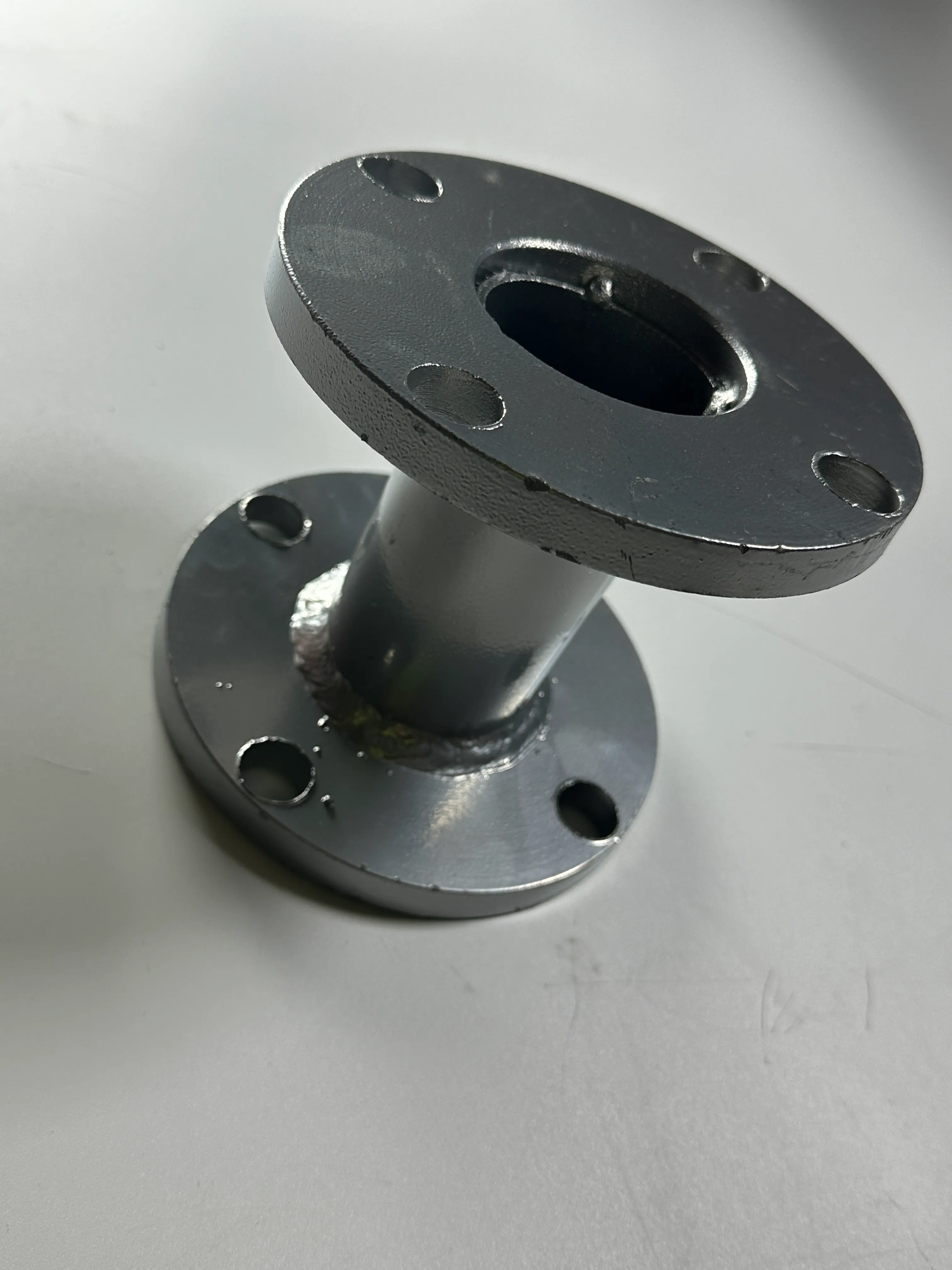loading...
- No. 9, Xingyuan South Street, Dongwaihuan Road, Zaoqiang County, Hengshui, Hebei, China
- admin@zjcomposites.com
- +86 15097380338
- Welcome to visit our website!
Choosing the Right Sizes for GRP Water Tanks for Optimal Storage Solutions
Understanding GRP Water Tank Sizes
Glass Reinforced Plastic (GRP) water tanks have gained popularity due to their robustness, versatility, and durability. These tanks are widely utilized in various sectors, including residential, commercial, and industrial applications. Understanding the sizes and specifications of GRP water tanks is crucial for selecting the right tank for your needs. In this article, we will delve into the world of GRP water tank sizes, their advantages, and how to choose the right size for your specific requirements.
What are GRP Water Tanks?
GRP water tanks, also known as fiberglass water tanks, are constructed using a composite material that combines glass fibers with a polymer matrix. This combination results in a lightweight, corrosion-resistant tank that can withstand a variety of environmental conditions. GRP tanks are designed to store water for various purposes, including drinking water, irrigation, fire suppression, and industrial processes.
Common Sizes of GRP Water Tanks
GRP water tanks come in a wide range of sizes to cater to different needs. The sizes can generally be classified into three categories small, medium, and large.
1. Small Tanks These typically hold between 500 liters to 5,000 liters. They are ideal for residential applications, such as private homes, small farms, and small businesses. Small GRP water tanks are often used for irrigation or to store water for domestic use.
2. Medium Tanks Ranging from 5,000 liters to 25,000 liters, medium-sized GRP tanks are suited for larger residential complexes, schools, and smaller industrial applications. They provide a flexible solution for municipal water storage and can be used for applications such as fire protection systems or in agricultural setups.
3. Large Tanks These tanks can hold over 25,000 liters and are often used for industrial, commercial, or municipal purposes. Large GRP water tanks are essential for large-scale water storage, such as in commercial buildings, factories, and in water treatment plants. Their high capacity makes them suitable for meeting significant water demands.
Factors to Consider When Choosing a GRP Water Tank Size
When selecting the appropriate size of a GRP water tank, several factors need to be taken into account
grp water tank sizes

1. Water Demand The first step is to calculate your water consumption needs. Consider the number of occupants in a household, the daily water usage per person, and any specific requirements for irrigation or industrial processes.
2. Available Space Assess the location where the tank will be installed; this includes considering height restrictions and accessibility for maintenance. Ensure that the tank’s footprint fits within your space constraints.
3. Local Regulations Some areas have specific regulations regarding water storage tank sizes. It's essential to check local building codes and guidelines to ensure that your tank complies with these regulations.
4. Future Expansion If you anticipate an increase in water needs in the future, consider opting for a larger tank. This proactive approach can save you money and effort in the long run.
5. Durability and Maintenance While GRP tanks are highly durable, consider the long-term maintenance and service life of the tank when choosing its size. Larger tanks may require more maintenance and monitoring, which could impact your operational budget.
Advantages of GRP Water Tanks
GRP water tanks offer several advantages, making them a preferred choice for various applications
- Corrosion Resistance Unlike metal tanks, GRP tanks do not corrode, making them ideal for storing water in harsh environments. - Lightweight Their lightweight design makes installation easier and reduces transportation costs. - Customizable GRP tanks can be manufactured in various shapes and sizes, providing flexibility for different applications. - Cost-Effective Although the initial cost may be higher than some traditional materials, the long lifespan and low maintenance needs of GRP tanks often make them a cost-effective choice.
Conclusion
Choosing the right size of a GRP water tank is crucial for ensuring effective and efficient water storage. By understanding your water needs, space constraints, and future requirements, you can select a tank that meets your specifications and provides reliable service for years to come. The advantages offered by GRP water tanks, such as corrosion resistance, lightweight design, and customization options, make them an excellent investment for any water storage requirement.
-
The Rise of FRP Profiles: Strong, Lightweight, and Built to LastNewsJul.14,2025
-
SMC Panel Tanks: A Modern Water Storage Solution for All EnvironmentsNewsJul.14,2025
-
GRP Grating: A Modern Solution for Safe and Durable Access SystemsNewsJul.14,2025
-
Galvanized Steel Water Tanks: Durable, Reliable, and Ready for UseNewsJul.14,2025
-
FRP Mini Mesh Grating: The Safer, Smarter Flooring SolutionNewsJul.14,2025
-
Exploring FRP Vessels: Durable Solutions for Modern Fluid HandlingNewsJul.14,2025
-
GRP Structures: The Future of Lightweight, High-Performance EngineeringNewsJun.20,2025
